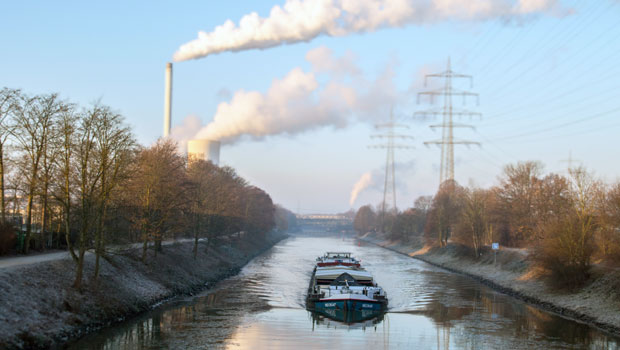The downturn across the eurozone’s manufacturing sector continued in August, with the regional purchasing managers’ index (PMI) remaining under the neutral 50-point level for the 26th month in a row.
The Hamburg Commercial Bank (HCOB) eurozone manufacturing PMI, compiled by S&P Global, came in at 45.8 last month, revised higher from the preliminary estimate of 45.6 to match the same level as in June and July.
HCOB said manufacturers in the single-currency region remained “under pressure” last month, with downturns in factory output continuing across the majority of nations covered by the survey.
The eurozone manufacturing sector has been in contraction – evidenced by reading under 50 – since July 2022.
“Overall new order inflows fell at the sharpest rate in 2024 so far, leading retrenchment efforts to continue as manufacturers reduced input purchasing, employment and inventories. In addition, business confidence slipped to a five-month low,” HCOB said.
However, selling prices rose for the first time since April 2023, which HCOB said “could spell trouble” for the European Central Bank as it continues to tackle persistent inflation in the services sector.
PMIs for the eurozone’s two largest nations, Germany and France, were revised higher than the initial estimates, but still showed that conditions deteriorated during the month: the German PMI fell to 42.4 from 43.2, while the French PMI slipped to 43.9 from 44.
The only countries that registered growth across the 20 eurozone member states were Greece, Spain and Ireland. However, growth rates still slowed in Greece and Spain.
“Things are going downhill, and fast,” said Cyrus de la Rubia, the chief economist at HCOB. “New orders, both domestic and international, are slowing down even more, dashing any short-term hopes for a rebound. Adding insult to injury, input prices have been creeping up again since June.”

